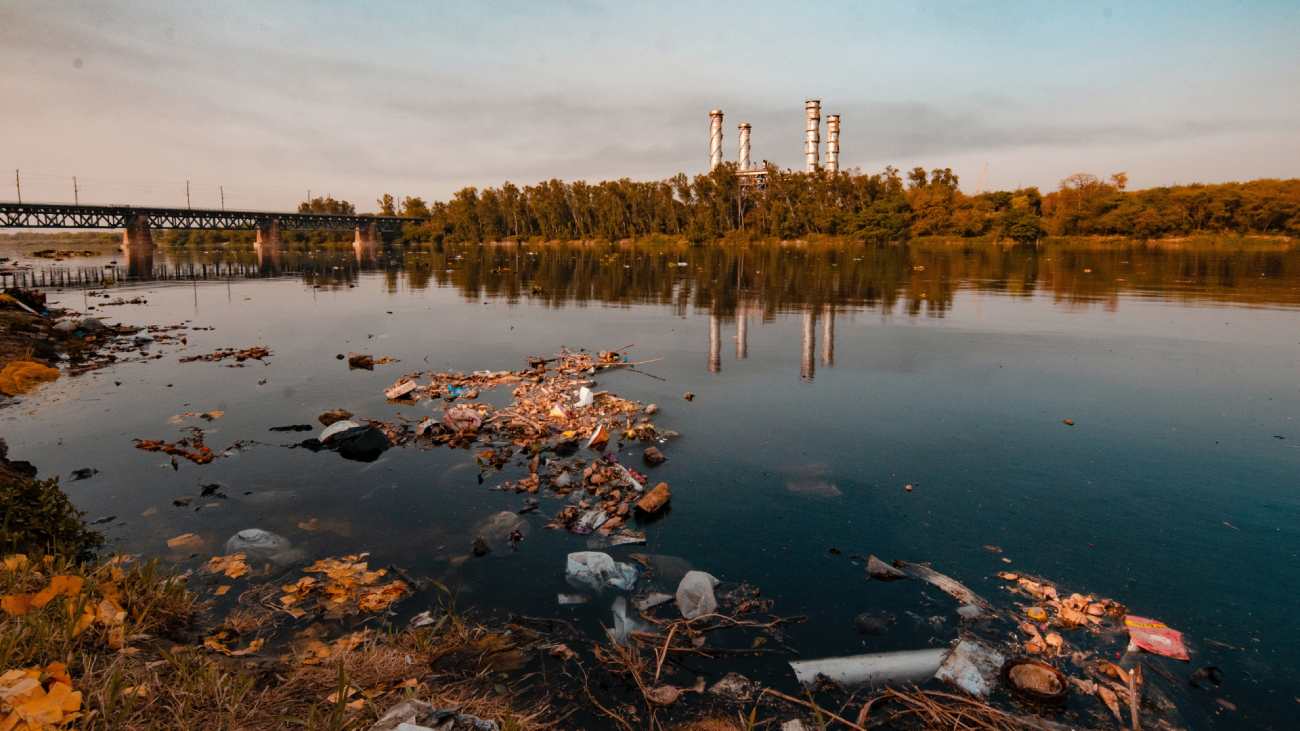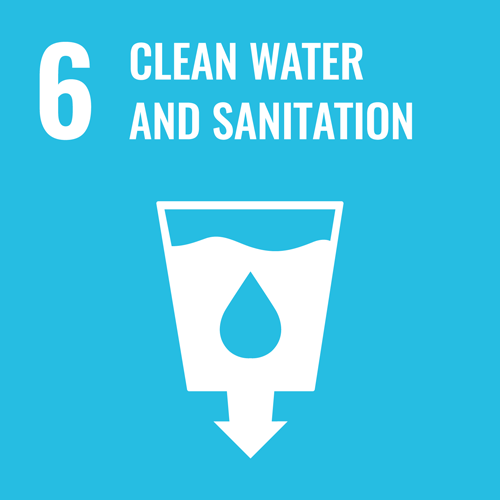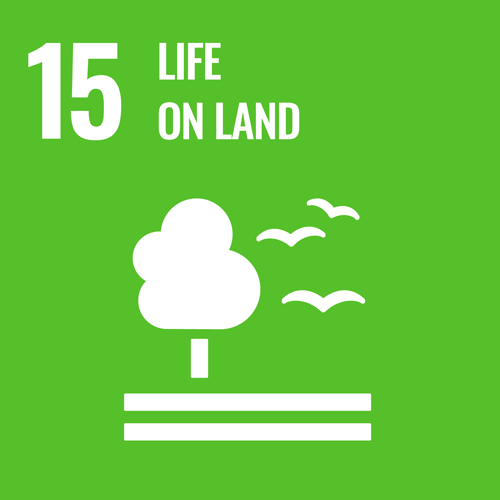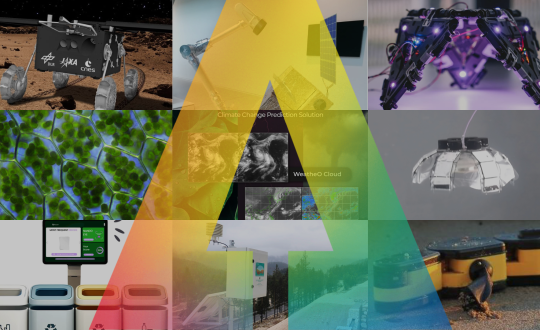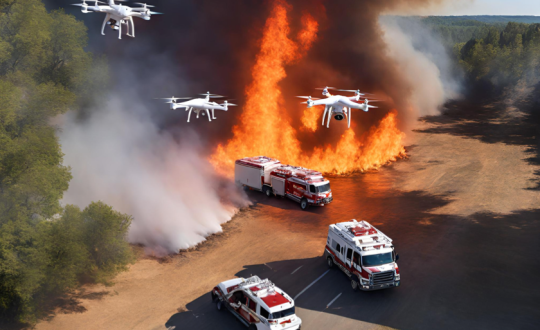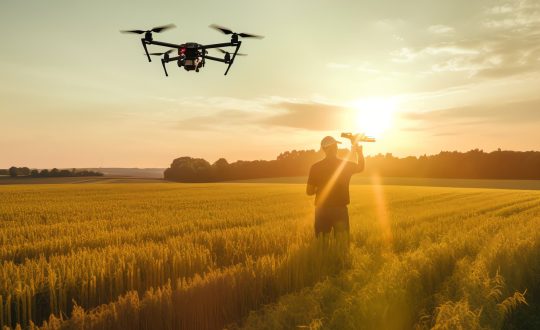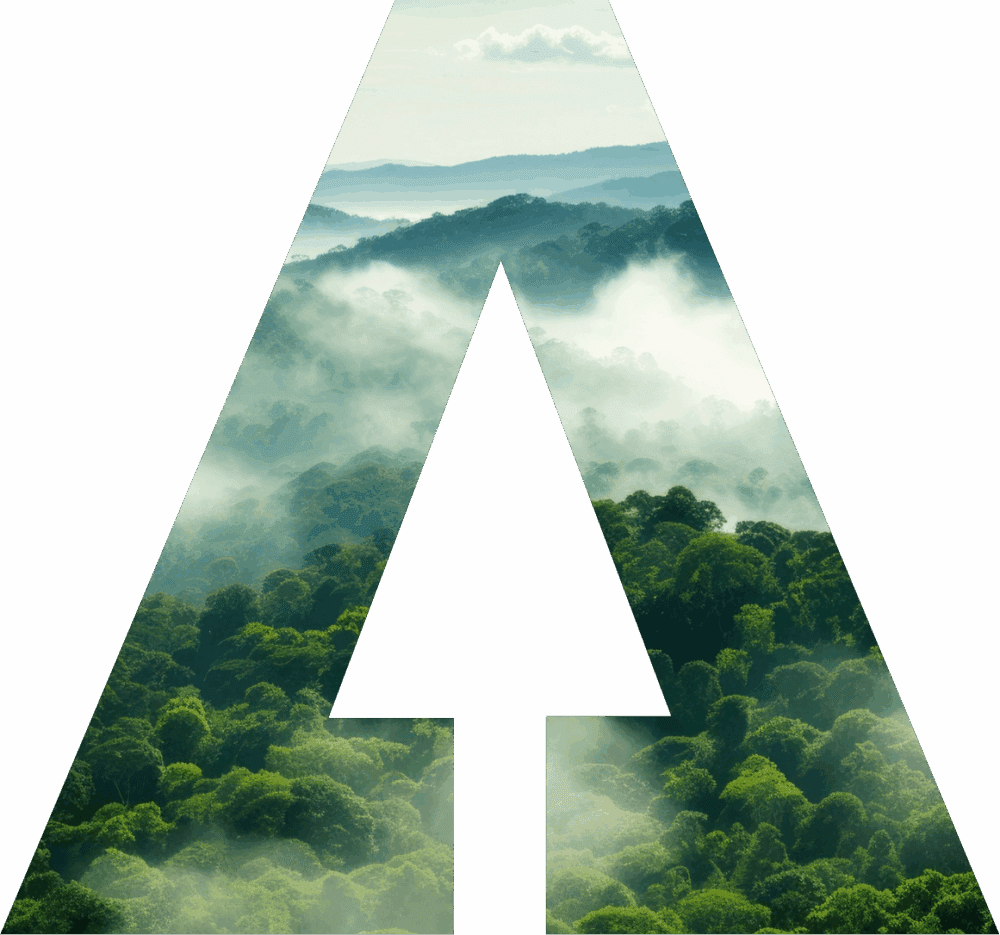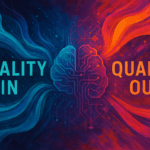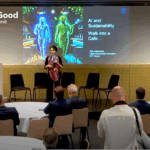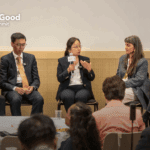The effects of climate change and rapid urbanization around the world degrade the natural world, including wetlands and the wildlife that benefits from them. These factors also threaten the sustainable development of surrounding communities.
Lake Sembakkam, in Chennai, India is one of these degraded wetlands in terms of water pollution, eutrophication (the overloading of nutrients and minerals), and deterioration of native biodiversity. Lying on the east coast of South India, this lake has long suffered from sewage disposal, untreated solid waste dumping, and excessive accumulated silt.
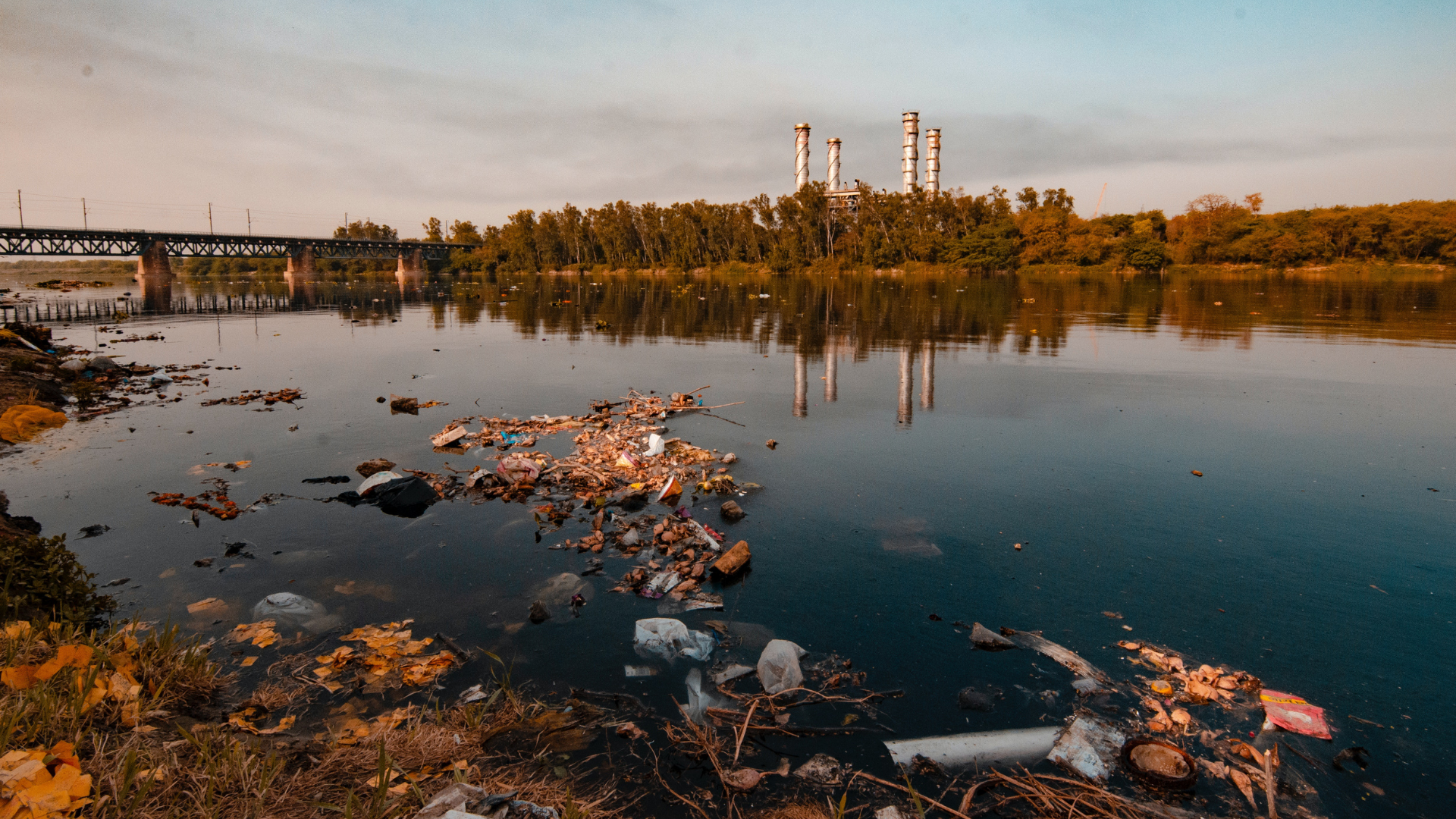
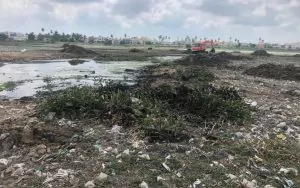
Solid waste at Lake Sembakkam © Image source: The Nature Conservancy India
A purpose-driven project to use technology to improve lake water quality in India
To help monitor, generate evidence-based solutions, and support decisions to sustain the health of Lake Sembakkam, IBM volunteers partnered with The Nature Conservancy India on a water conservation project in early 2021.
“There is nothing more satisfying than getting an opportunity to help our local community for moving towards achieving their sustainable development goals while creating social impact,” shared Mohan Reddy Tikkam, an IBM Consultant in the Oracle Customer Experience (CX) and Digital Practice that served as one of the volunteers on the team.
The team members, who collaborated virtually from across different business units of IBM, joined forces to develop a roadmap and technical design for an Internet of Things (IoT) system with sensors for measuring and monitoring water quality, while also leveraging remote sensing capabilities and spatial datasets. The system design includes an alert when water quality reached concerning levels. The goal was to help maintain the health of aquatic resources by preventing and minimizing pollution with regular monitoring of wetlands, bringing the wetlands to a condition where wildlife and fish would thrive.
“Water is a vital resource that deserves and requires protection for both human health and ecological stability or sustainability,” said Kamal Das, a member of the IBM Research team. “I wanted to contribute to water heath monitoring using my expertise on spatial-temporal data analysis using AI and IoT as well as earth observation data to create a more sustainable future. This project experience has opened up new impactful research focus areas for the broader team in IBM Research.”
Smart monitoring of Sembakkam Lake surface water quality
The IBM volunteers and The Nature Conservancy India collaborated to approach water monitoring in innovative ways by using physical IoT data along with earth observation satellite images to estimate water health and quality across space and time. The team processed the images and data satellite images using IBM Geospatial Analytics (now part of the IBM Environmental Intelligence Suite) to determine several water quality parameters and surfacing actionable insights.
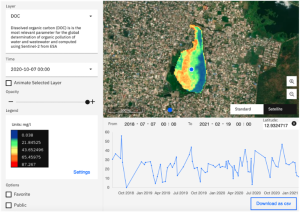
IBM Geospatial Analytics demo screenshot for water quality parameter DOC
(dissolved organic carbon) on Oct 7, 2020, and time-series chart from 2018 to 2021.
Field measurements and remote sensing data collected by The Nature Conservancy India on water quality at Lake Sembakkam revealed that the lake is highly polluted with incoming wastewater. In addition, results showed that the quality of the lake water does not meet the drinking water criteria nor the wildlife and fisheries propagation standards as recommended by surface water quality standards of the Central Pollution Control Board. Specifically, the dissolved organic carbon (DOC), the most relevant parameter for the global determination of organic pollution of water and wastewater, showed alarming levels of range 3-70mg/l (mean 24.70 mg/l), where safe levels are typically around 0-10mg/l.
Calibration of this work remains to be done once ground truth IoT device data is available. However, the cloud-based platform design enables advanced modeling methods that maximize the value of that local data. An estimated three months of IoT data would enable simple models already able to help The Nature Conservancy India to better understand water quality dynamics and spatial distributions in lakes that discrete data collections or monitoring cannot reveal. With about a year’s worth of IoT data from Lake Sembakkam, as well as complimentary environmental, climate, soil, and other datasets, a scalable model could be calibrated for monitoring other lakes.
“Such scientific advancements will enable us to identify problems in an effective manner and to improve the wetland health using appropriate solutions ” – Alpana Jain, Program Manager for Cities at The Nature Conservancy India.
“We are excited to partner with IBM to device IoT based monitoring for Lake Sembakkam. This technology will help regularly monitor and measure the water quality of the lake in real time. Simply put, we will utilize a cloud-based platform and install sensors in the lake to track its health, giving us actionable insights for our future work.” – Dr. Nisha Priya Mani, Project Manager at The Nature Conservancy India.
Answering the Call for Code to address water pollution
Other initiatives across IBM have also been addressing the rising water pollution issues in India. Recently, Saaf water was announced as the 2021 Call for Code Challenge winner. Saaf water is a hardware-software solution leveraging the IBM Watson IoT Platform to monitor various water quality parameters. The solution aims to allow a diverse user base to have the information they need when considering the use of the water that surrounds them. Saaf water uses machine learning to process the data it collects. In addition, the team is building models for identifying water quality and recommending purification methods.
“The groundwater quality monitoring tool developed by Saaf water is promising, timely, and appears to have great potential for use by communities relying on groundwater for domestic use,” said Dr. Annapurna Vancheswaran, Managing Director, The Nature Conservancy India. “This open-source technology could help avoid water-related health risks by indicating unsafe water quality. We certainly Look forward to the tool being scaled up for the benefit of communities.”
One step in India’s journey to net zero emissions by 2070
Lake Sembakkam is now being restored for improvements in its water quality, storage capacity, biodiversity habitat, and community recreational benefits.
As India aims to reach net zero carbon emissions by 2070, attention on the country will continue to focus on conditions that have been made worse by climate change, such as floods and polluted waters from rapid urbanization. Reversing the adverse effects of polluted water continues to be a challenge, but technology can help.
IoT, AI, remote sensing, and geospatial data enabled teams across IBM and The Nature Conservancy India to identify necessary interventions to improve the water body and natural habitats of the entire lake, while addressing the sustainable development of it, and showed the power of technology and humans coming together in an important water conservation project.
© Leadspace image source: The Nature Conservancy India
© Source: IBM


